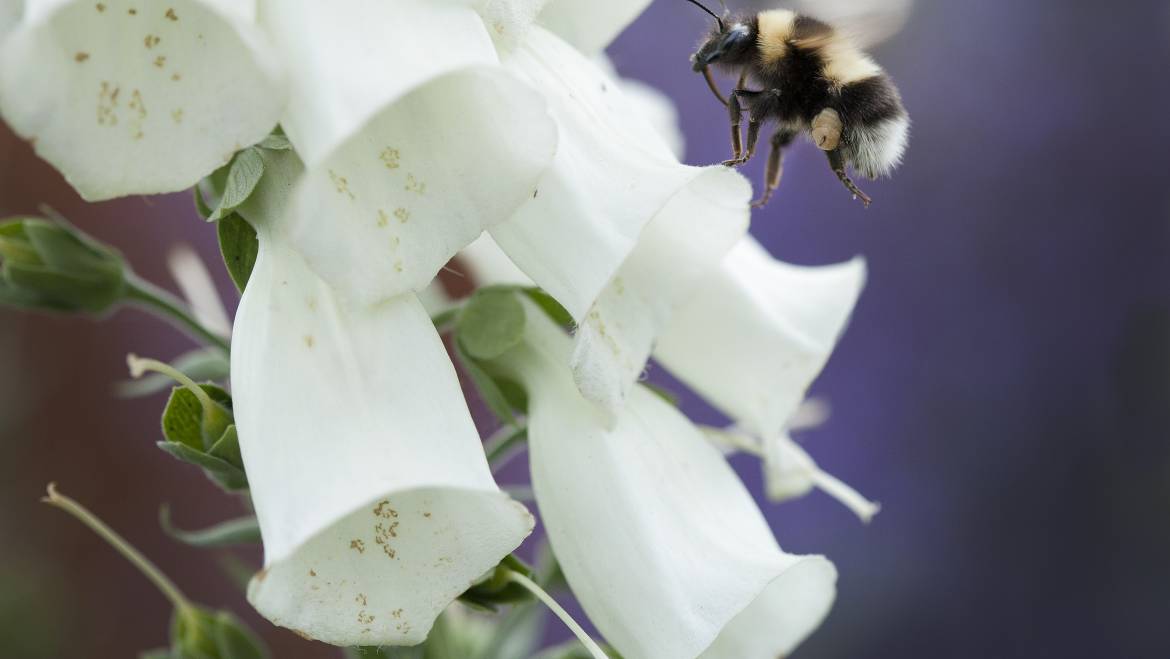The town of Banagher has an important strategic position on the River Shannon, and was long one of the few crossing points between the provinces of Leinster and Connacht. The name Banagher comes from its Irish name ‘ Beannchar na Sionna’ which translates to English as “the place of the pointed rocks on the Shannon”. It is situated at the centre of the Shannon Callows which is renowned for its wild birds and wildlife generally. It has one of the largest concentrations of breeding waders in the British Isles with Lapwing, Redshank, Curlew, Sandpiper and Godwit living there. Many species of migrant wild birds are also frequent visitors while otters, fox and ferret mink are common residents.
 A wildlife gem in the heart of the midlands, the Shannon Callows is one of the most important wildlife sites in Ireland. This natural floodplain of the River Shannon lies between Lough Ree in the north and Lough Derg at the southern end. This callows wet grasslands is either grazed by cattle during summer or left for hay, which is mown in the autumn. In winter, the callows can range from being almost dry to being under several feet of water, depending on rainfall. Important Bird Species: Corncrake, Whinchat, Curlew, Lapwing, Redshank, Snipe
A wildlife gem in the heart of the midlands, the Shannon Callows is one of the most important wildlife sites in Ireland. This natural floodplain of the River Shannon lies between Lough Ree in the north and Lough Derg at the southern end. This callows wet grasslands is either grazed by cattle during summer or left for hay, which is mown in the autumn. In winter, the callows can range from being almost dry to being under several feet of water, depending on rainfall. Important Bird Species: Corncrake, Whinchat, Curlew, Lapwing, Redshank, Snipe
Access: In Offaly, access to the callows is easiest at Clonmacnoise, Shannonbridge, Shannon Harbour and Banagher. Most of the callows have tracks for tractor access, and these can be used by birdwatchers on foot. However, the callows are privately-owned farmland and, due to the risks of disturbing or trampling ground-nesting birds, please do not walk through the grasslands, and keep dogs on a lead.
Birds: The Shannon Callows are one of the last remaining refuges of breeding Corncrakes in Ireland. Snipe can be heard drumming in the evening when listening for Corncrakes, as can other summer visitors such as Sedge and Grasshopper Warblers or the very rare Quail or Spotted Crake. During the day it is worth looking out for waders such as Lapwing, Redshank, Snipe and Curlew, which all still breed on the callows. Whinchat and Stonechat can be seen perched on fence-posts or tall vegetation in the grasslands during May and June, and Great Crested Grebe can be seen on the river. The whole landscape changes with the winter floods. At this time of year, thousand-strong flocks of Wigeon, Golden Plover and Lapwing are not unusual, interspersed with smaller numbers of Whooper Swan, Pintail, Shoveler, Teal, Dunlin, Curlew and Black-tailed Godwit. These birds range up and down the river so no one place can guarantee birds. Any of the minor roads that pass along the callows’ edge are well worth investigating, and the callows at Shannon Harbour are often very productive. Ruff are regular in small numbers, and occasional rarities such as American Wigeon can be found amongst the larger flocks.
heard drumming in the evening when listening for Corncrakes, as can other summer visitors such as Sedge and Grasshopper Warblers or the very rare Quail or Spotted Crake. During the day it is worth looking out for waders such as Lapwing, Redshank, Snipe and Curlew, which all still breed on the callows. Whinchat and Stonechat can be seen perched on fence-posts or tall vegetation in the grasslands during May and June, and Great Crested Grebe can be seen on the river. The whole landscape changes with the winter floods. At this time of year, thousand-strong flocks of Wigeon, Golden Plover and Lapwing are not unusual, interspersed with smaller numbers of Whooper Swan, Pintail, Shoveler, Teal, Dunlin, Curlew and Black-tailed Godwit. These birds range up and down the river so no one place can guarantee birds. Any of the minor roads that pass along the callows’ edge are well worth investigating, and the callows at Shannon Harbour are often very productive. Ruff are regular in small numbers, and occasional rarities such as American Wigeon can be found amongst the larger flocks.

